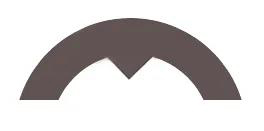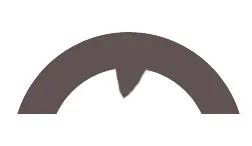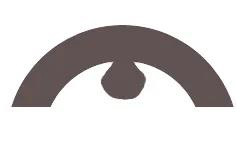Types of internal burrs that appear when used roll forming machine are welded and machine-made
- Sort:Information
- Auth:
- Source:
- Release time:2022-09-12 11:30
- Pvs:
【概要描述】The shape of internal burr appears when the used roll forming machines. There is a certain logical relationship between the shape of the burr in the welded pipe and the welding temperature, extrusion force and welding speed.
Types of internal burrs that appear when used roll forming machine are welded and machine-made
【概要描述】The shape of internal burr appears when the used roll forming machines. There is a certain logical relationship between the shape of the burr in the welded pipe and the welding temperature, extrusion force and welding speed.
- Sort:Information
- Auth:
- Source:
- Release time:2022-09-12 11:30
- Pvs:
The shape of internal burr appears when the used roll forming machines. There is a certain logical relationship between the shape of the burr in the welded pipe and the welding temperature, extrusion force and welding speed.
The operator can see the essence of the used roll forming machines through the phenomenon of the shape of the internal and external burrs.
The matching of welding process parameters is related to the shape of the transverse internal burr.

Transverse internal burr shape: isosceles
Raw material of welded pipe: trimmed pipe blank
Weld butt joint: "I" parallel
Welding temperature: solid phase ~ solid solution
Squeeze force: too large
Welding speed: suitable

Horizontal internal burr shape: double peak
Welded pipe raw material: round side tube billet
Weld butt joint: "X" butt joint
Welding temperature: solid phase ~ solid solution
Squeeze force: greater
Welding speed: suitable

Horizontal internal burr shape: wedge
Raw material of welded pipe: cut edge/round edge
Weld butt joint: "N" misalignment
Welding temperature: solid melting ~ melting
Squeeze force: moderate
Welding speed: slow

Horizontal internal burr shape: Mushroom
Raw material of welded pipe: cut edge/round edge
Weld butt joint: "I"/ "X"
Welding temperature: melting
Squeeze force: greater
Welding speed: slow

Horizontal internal burr shape: Centipede
Raw material of welded pipe: cut edge/round edge
Weld butt joint: "I"/ "X"
Welding temperature: melting
Squeeze force: small
Welding speed: slow
The above are the types of internal burrs that appear when the used steel pipe is rolled by a machine-made pipe. The essence of the operating state of the used roll forming machines can be analyzed through the shape of the internal burr.
More News

Time of issue : 2023-10-31

Time of issue : 2023-10-28

Time of issue : 2023-10-25

Time of issue : 2023-10-22
Wechat: 13392281699
Email: zty@usedpipemill.com
Company address:No. A99, East Lecong Avenue, Lecong Town, Foshan City, Guangdong Province
Recommendation
Online Inquiry
LINK
Contact Us
Tel (wechat): 13336487288
Wechat:+86 13336487288
WhatsApp:+86 13336487288
Email: zty@usedpipemill.com
Address: No. A99, Lecong Avenue East, Lecong Town, Foshan City, Guangdong Province










